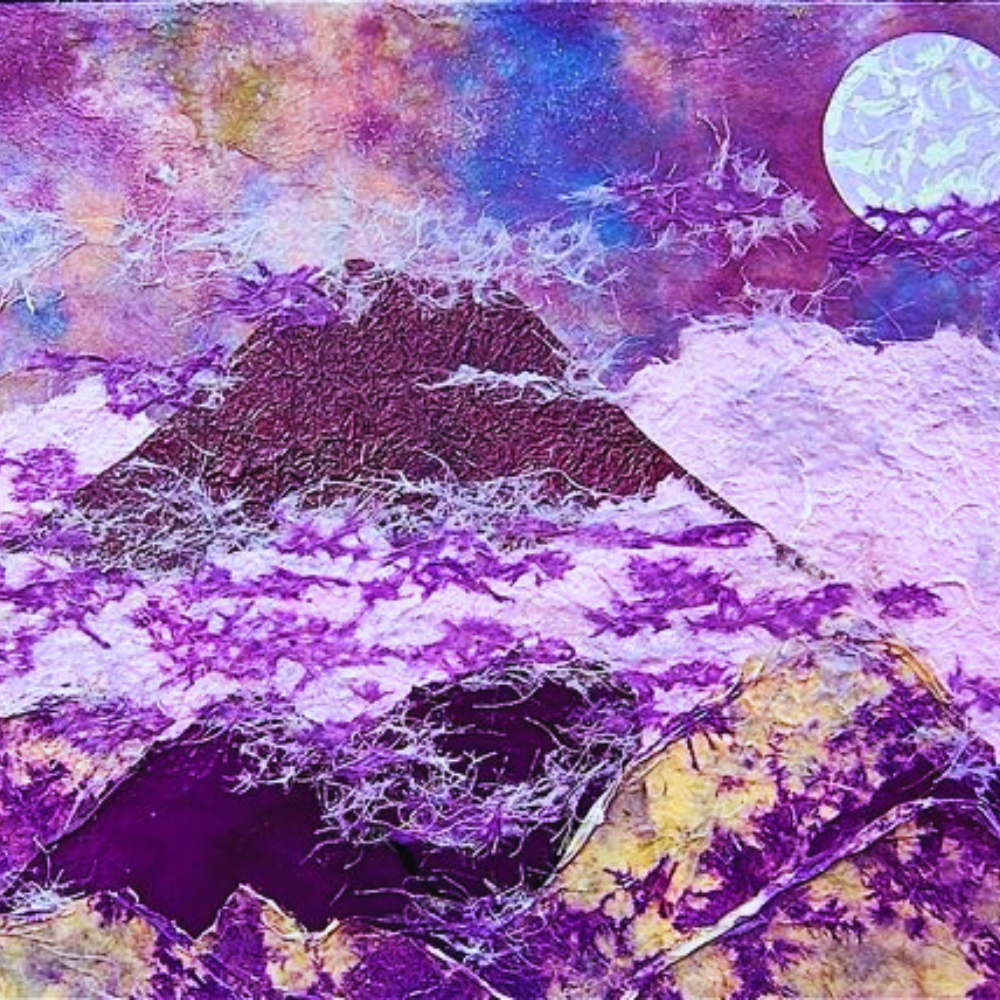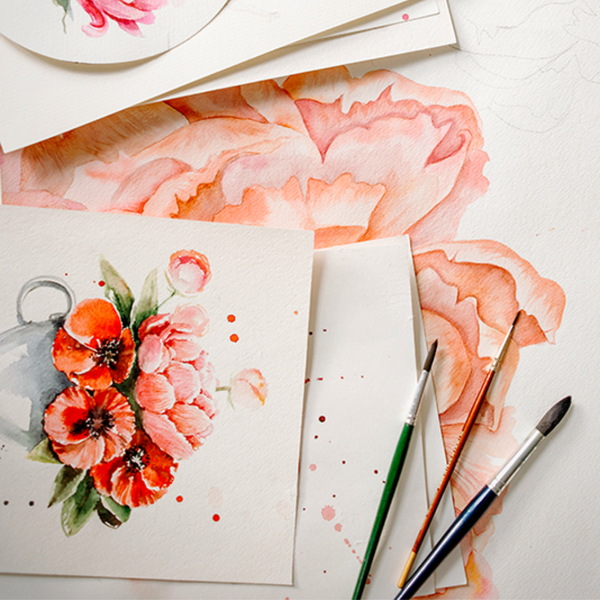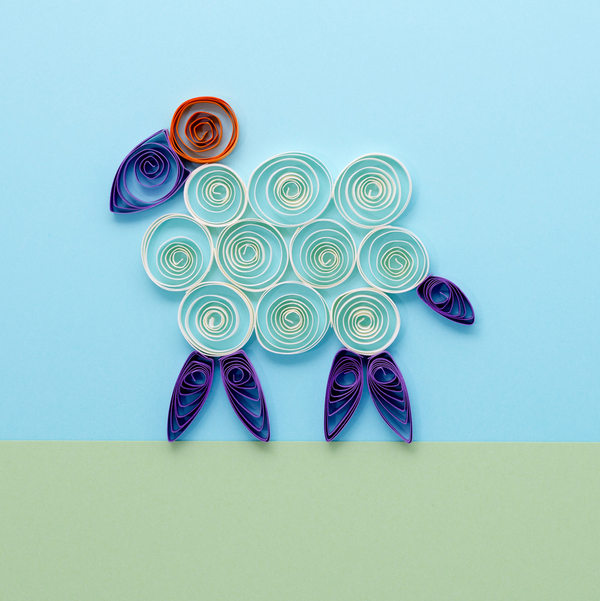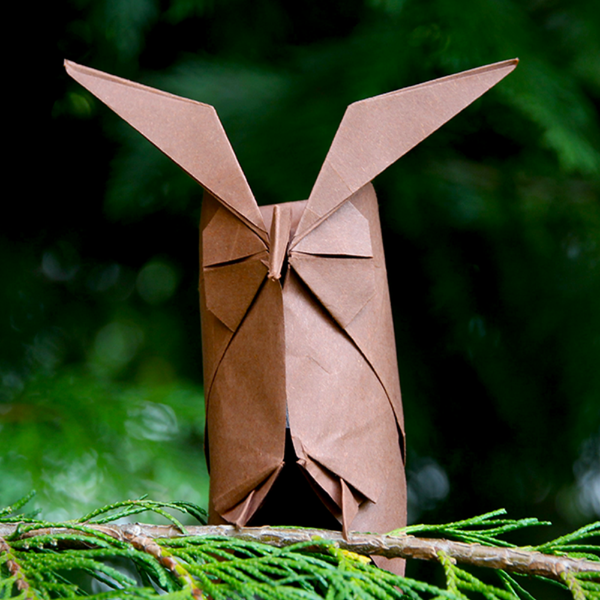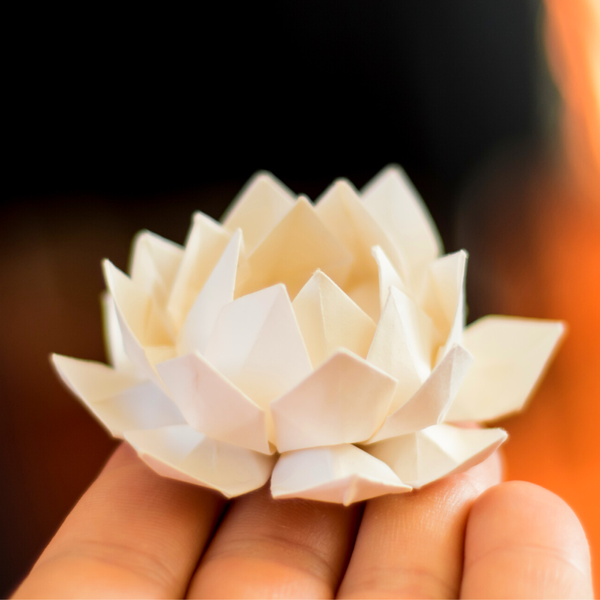Imagine a canvas where every tear tells a story, where every shred of paper blooms into a masterpiece.
Ripped paper art, a technique that transforms the act of tearing paper into an exquisite form of expression, is known as Chigiri-e.
Welcome to the world of Chigiri-e, the Japanese art form that turns the simple act of ripping paper into a symphony of textures and hues.
This Japanese art form is characterized by its use of hand-torn pieces of colored paper to create images that often resemble watercolor paintings in their softness and depth.
Chigiri-e, which translates to "torn picture," is an art that requires patience and a delicate touch.
The papers used in this paper craft are often handmade and may be imbued with powder pigments to achieve the desired hues.
By tearing paper rather than cutting it, artists can create edges that mimic the natural irregularities found in the world around us, making it an ideal medium for depicting subjects from nature.
In the realm of art, there are countless mediums and techniques, but few possess the quiet charm and understated complexity of Chigiri-e.
This traditional Japanese technique, which means "torn picture," is a dance of delicacy and precision, where artists wield paper as their brush and the canvas comes alive with each gentle tear.
The primary technique involves carefully layering these pieces to form realistic images, with each layer contributing to the overall texture and richness of the artwork.
Key Takeaways:
- Chigiri-e is a traditional Japanese art form that uses torn paper to create images.
- The technique dates back to the Heian period and involves layering colored paper to produce textured artwork.
- Many chigiri-e artists draw inspiration from nature, using the unique texture of torn paper to represent organic shapes and patterns.

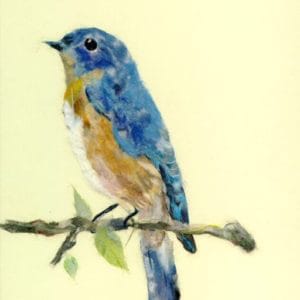
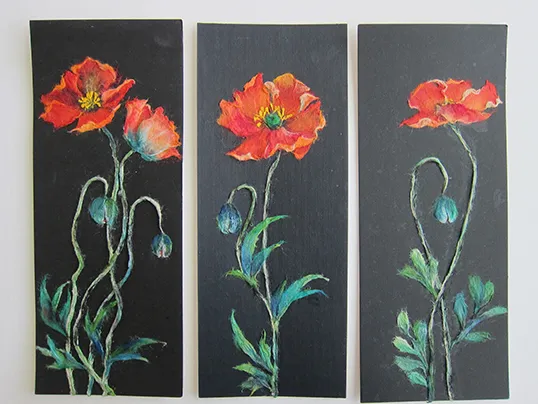
Roots of Chigiri-e
The technique dates back over a thousand years to the Heian period, a time when Japan's nobility developed a refined aesthetic culture.
Chigiri-e was initially inspired by the patterns and textures found in textiles and was used to embellish poems and religious texts.
Over time, it evolved into a standalone art form, with artists using it to paint pictures on a canvas of washi paper, a traditional Japanese paper known for its durability and fibrous texture.
The Heian period left a legacy of artistic techniques that continue to inspire contemporary artists.
Chigiri-e, in particular, has seen a resurgence in popularity as many chigiri e artists seek to reconnect with traditional methods while exploring modern themes and subjects.
The timeless appeal of this art lies in its simplicity and the tactile experience it offers both the creator and the viewer.
Process of Creating Chigiri-e
To create images with chigiri-e, artists begin by selecting the right papers.
The choice of paper is crucial, as it determines the texture and color palette of the piece.
Once the papers are chosen, the artist tears them into shapes and layers them onto a background, often using glue to secure the pieces.
This process is repeated, with each layer adding depth and detail to the artwork.
The act of tearing paper, rather than cutting it, is what sets chigiri-e apart from other art forms.
This primary technique allows for a level of unpredictability and organic quality in the shapes created.
As the torn edges of the paper blend into the background, they create a seamless transition that can make the artwork appear almost three-dimensional.
Inspirational Themes of Chigiri-e
Many chigiri e artists draw inspiration from the natural world, using the medium to capture the essence of flowers, landscapes, and animals.
The torn edges of the paper perfectly replicate the textures found in petals, leaves, and fur, allowing for a more realistic representation.
The layering of colored paper can also mimic the subtle shifts in light and shadow that occur in nature, adding a dynamic quality to the static image.
The inspiration for chigiri-e is not limited to nature, however.
Artists have expanded the boundaries of the medium to include abstract patterns, portraits, and even social commentary.
The versatility of the technique allows for a wide range of expression, making it a popular choice for artists looking to explore different themes and ideas.
Chigiri-e in the Modern Art World
Chigiri-e has found its place in the modern art world, with many galleries and exhibitions showcasing the unique beauty of this art form.
The technique has also inspired workshops and classes, where individuals can learn the delicate process of tearing paper and creating their own chigiri-e artwork.
As a result, the art form has gained a following among those who appreciate the meticulous craftsmanship and serene beauty that chigiri-e embodies.
The presence of chigiri-e in contemporary art highlights the enduring appeal of traditional techniques in a modern context.
By blending historical methods with current inspirations, chigiri-e continues to evolve, captivating audiences with its depth and elegance.
Embrace the Timeless Allure of Chigiri-e
Chigiri-e is a traditional Japanese art form that uses the unique technique of tearing paper to create images with remarkable texture and depth.
Dating back to the Heian period, this art has been inspired by nature and the intricate patterns found in textiles.
With its roots deeply planted in the rich soil of Japanese tradition, Chigiri-e continues to flourish, bridging the gap between historical artistry and contemporary creativity.
It is an art that speaks to the soul, capturing the essence of nature and the human experience through each meticulously torn piece of paper.
Today, chigiri-e is celebrated for its ability to evoke the beauty of the natural world and its adaptability to modern artistic expression.
Whether you are an art enthusiast or a curious onlooker, the world of Chigiri-e invites you to appreciate the subtle complexities and the profound simplicity found within its textured landscapes.
As it adapts and grows with each generation, Chigiri-e remains a testament to the beauty that can be found in the most unexpected places – in the gentle tear of paper and the careful assembly of a vision brought to life.

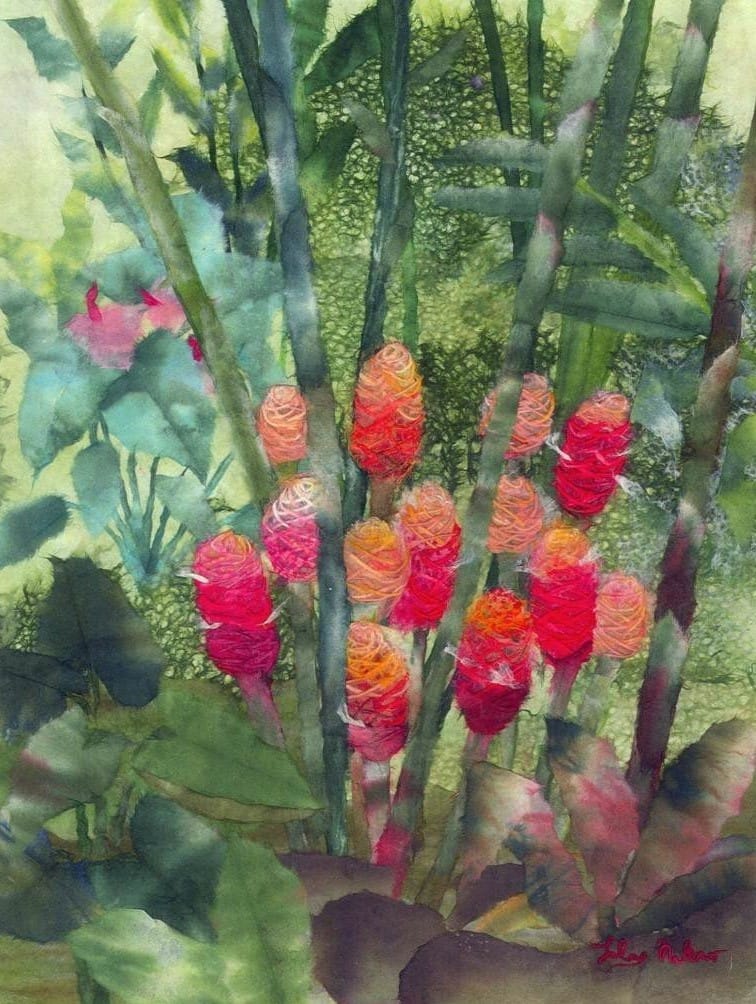
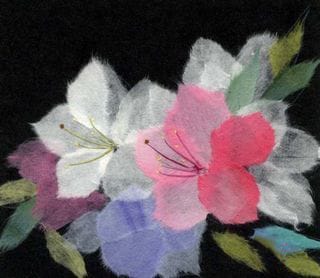
Interested in getting started with Chigiri-e? Check out Sunflower Hill Org's video!
Want even more content about creativity and art?
Be sure to check out all of our creative chronicles!
Eager to dive into the realm of paper art?
Check out our other art paper articles:
-What is art with paper called?
-What art can be made from paper?
-What are paper craft techniques?

